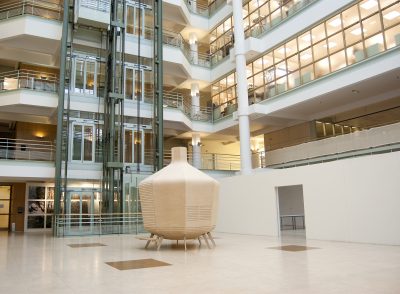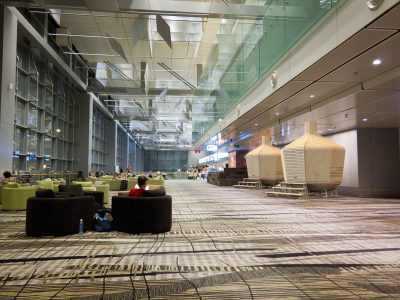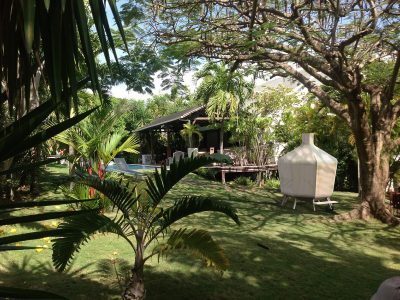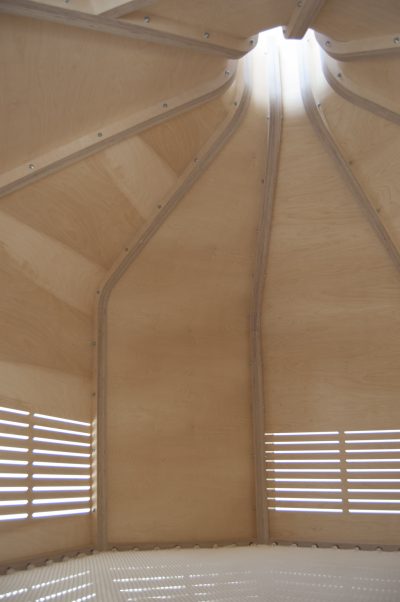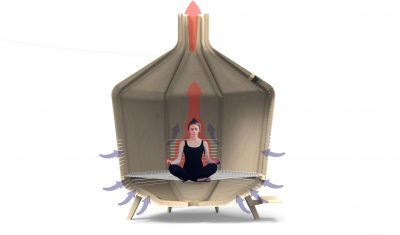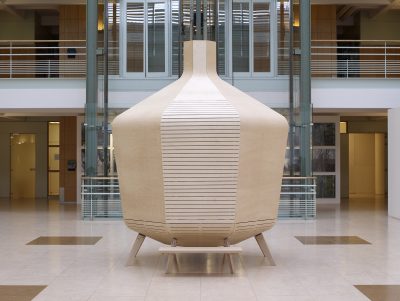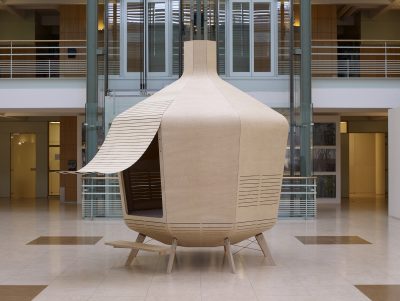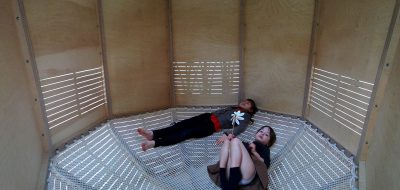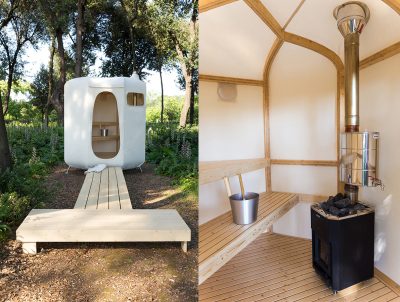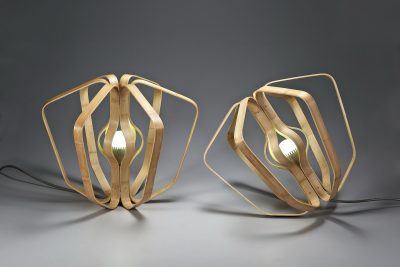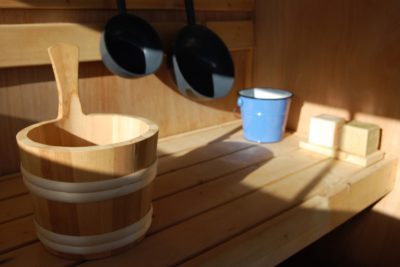As designers and eco-builders, we have focused on what could be the future universal criteria of relaxation in warmer latitudes.
In the context of global warming (in hot cities in particular, where air-conditionning was a symbol of survival until now), we assess the social, economic and environmental importance of promoting alternative ways of cooling the air. Air conditionning has such a negative impact in terms of energy consumtion and health (mucus membranes and respiratory system), that ecoresponsible architects do their best to persuade their clients of the benefits of natural solutions. It is a hard task, like for any low-tech process trying to make its way through the mainstream markets. However, sustainable architecture which includes natural ventilation is emerging little by little. We want to combine ‘time to yourself’ with the physical experience of natural ventilation, and give people in cities the chance to feel the difference of this ancient and sustainable technology.
Natural ventilation consists of making living enjoyable inside a building, by renewing the air and by making it spread into the space homogeneously. Air in motion, blowing on the skin, lowers the temperature you feel (Windchill phenomenon). Therefore, no need to cool the air : even when it is warm, air in motion feels fresher.
Inside the Capsule Ventilée, air surrounds you and gives you a feeling of freshness, but not of cold. Let’s imagine the air caressing the skin, blowing away perspiration just as it emerges. An invisible motion of air is enough to make you feel good. As a relaxing shelter, the Capsule Ventilée is also a sensory demonstration.
The operating principle is based on the bottom-up circulation of the air, as in the process of natural convection: warm air goes up. The air suction process begins with the release of the user’s body heat. Forced out through the chimney, this warm air creates an airflow that sucks fresh air from the bottom openings. This assures the sensation of a subtile breeze inside the Capsule. Most of the openings are located beneath the hammock, allowing the air to circulate through the inside volume.
First prize of the Prix Emile Hermès 2014


